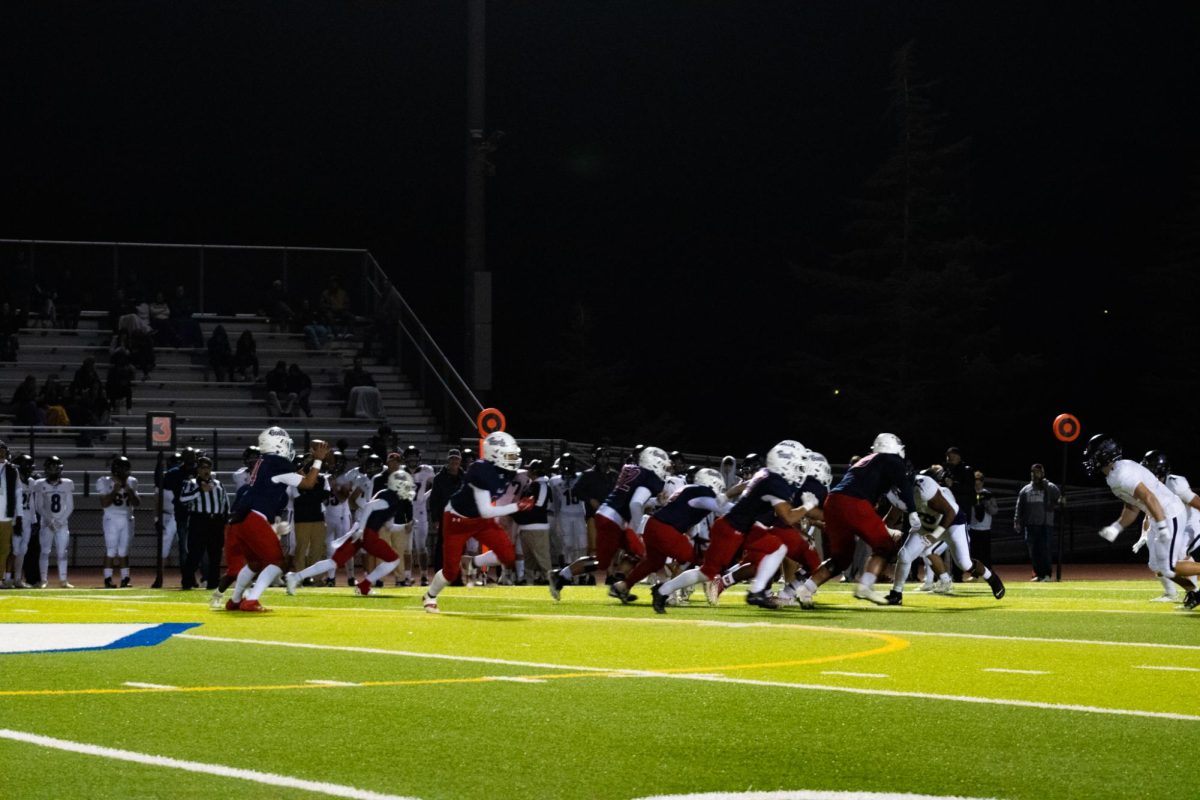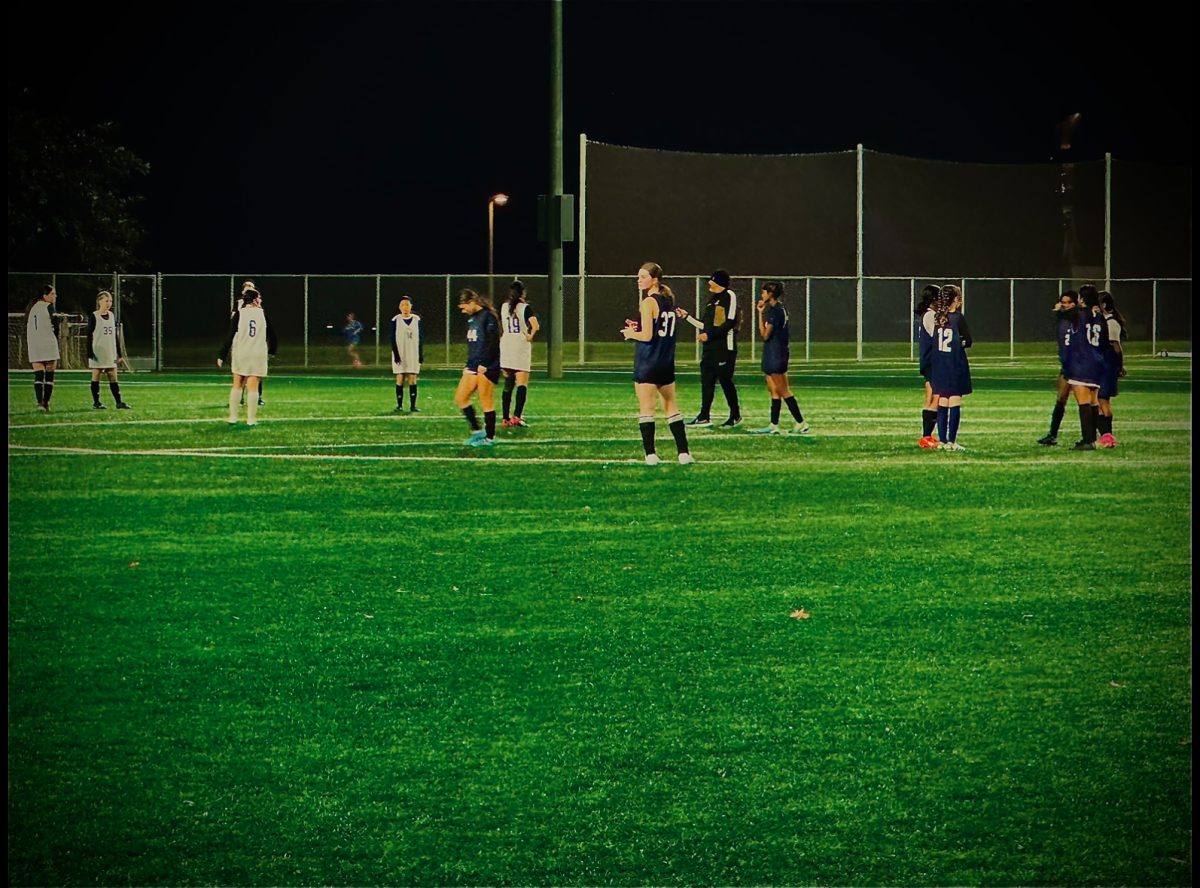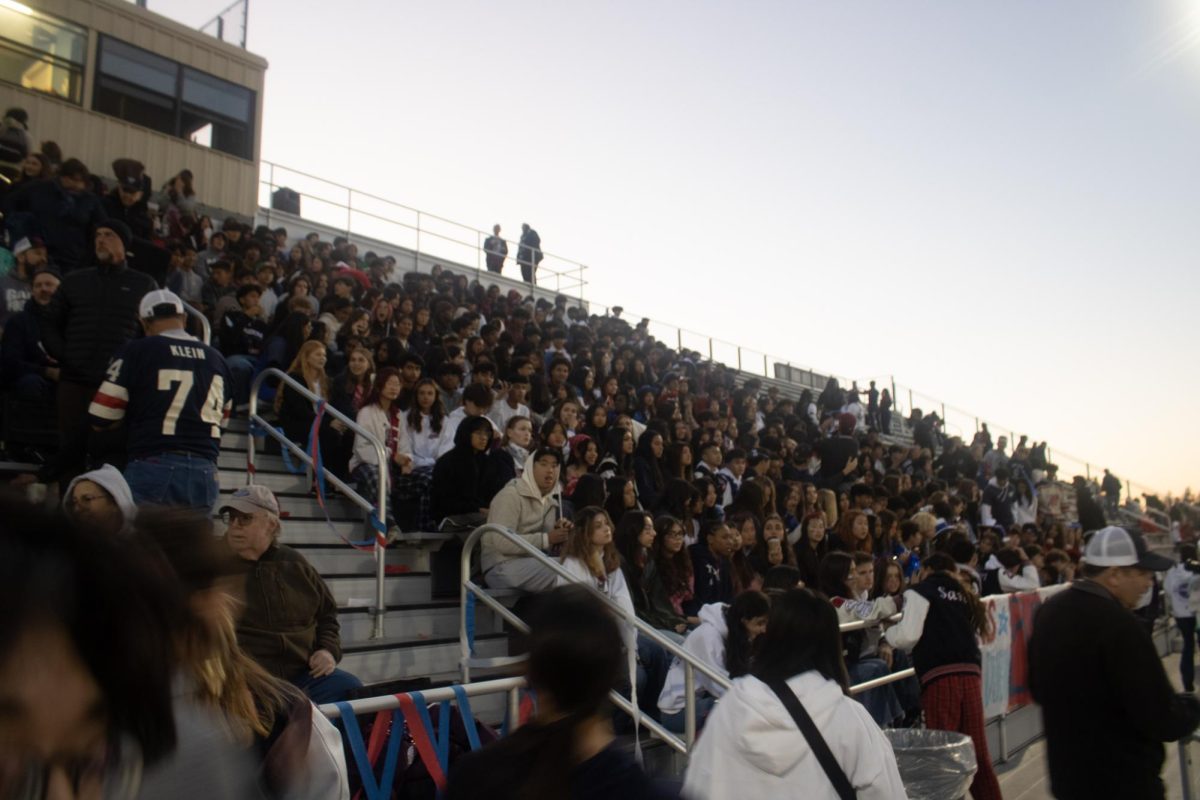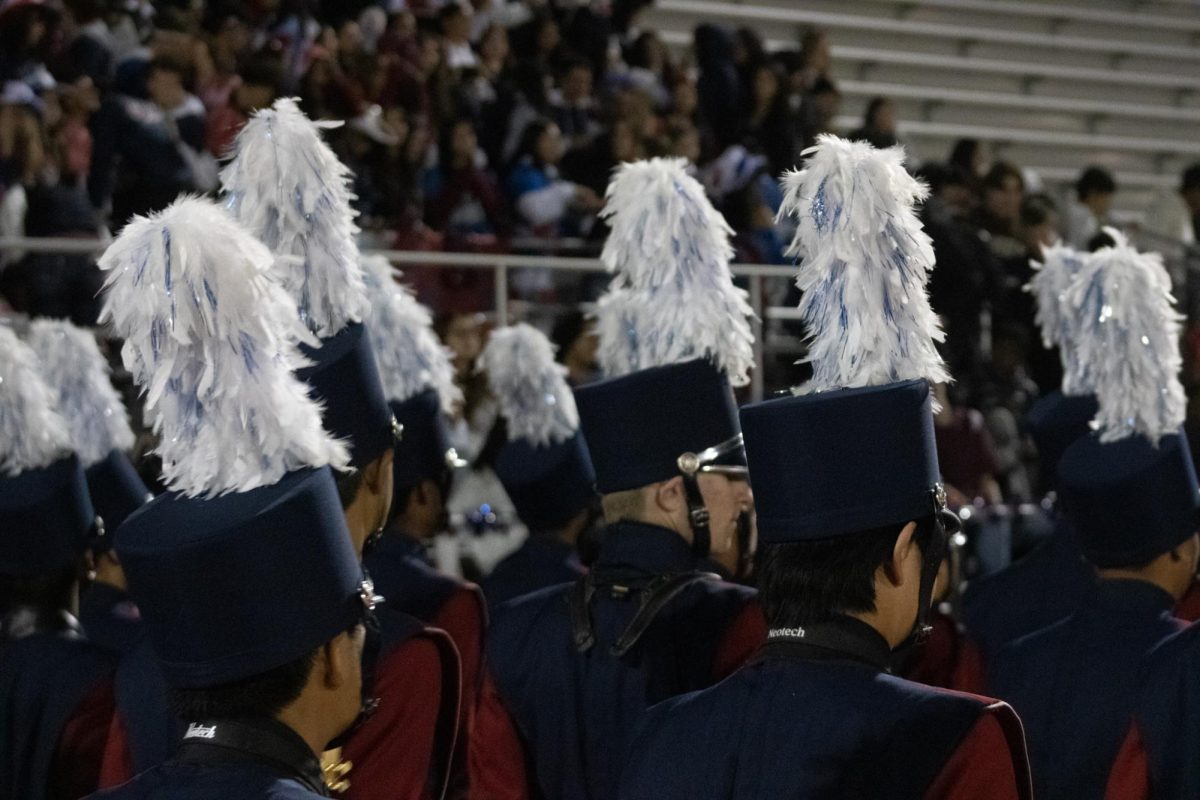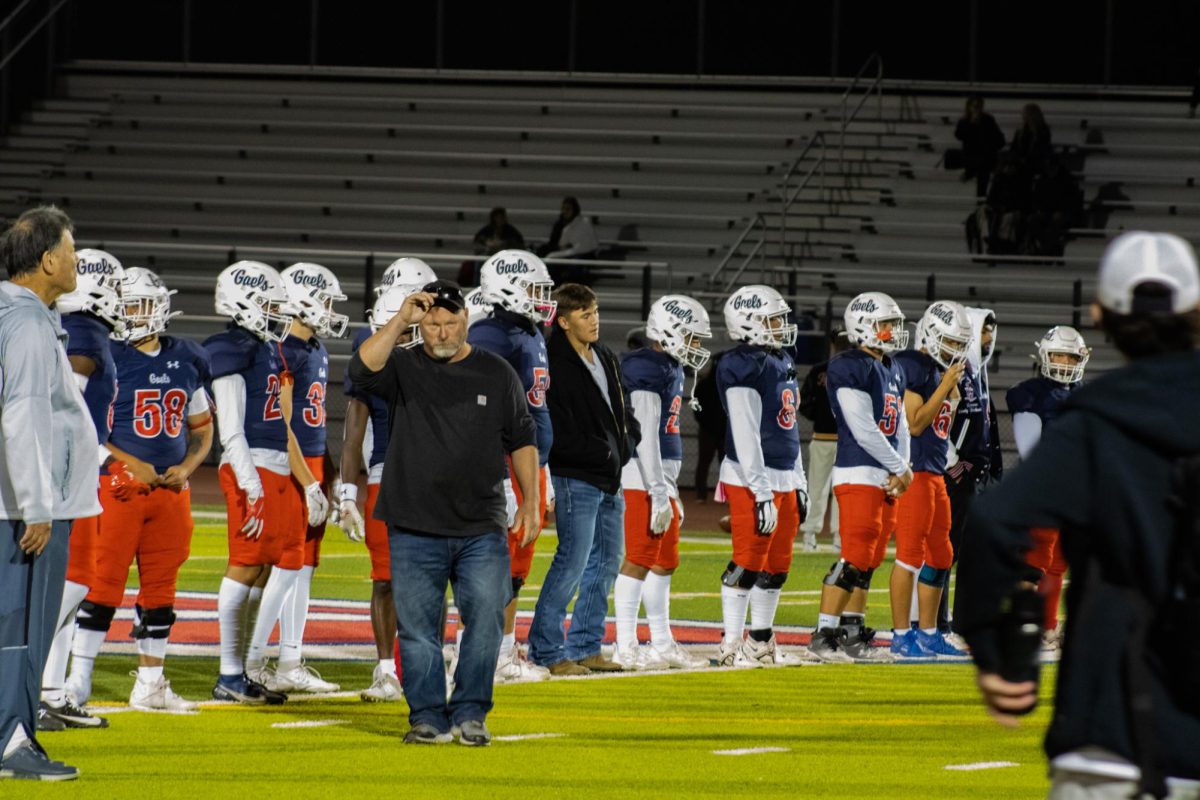In a world overflowing with information, news, and scientific breakthroughs, one might expect that reading would thrive in such an information-rich environment—yet the opposite is true. In fact, according to the National Literacy Trust, only 28 percent of children and teenagers ages 8 to 18 read daily in 2023, illustrating a shocking 26-percent decline from 2005. There’s no doubt that reading, a once popular pastime, has become far less common in the past few years. The question is, why?
One of the biggest issues contributing to the national decline in reading is the reduced attention span of young adults. With fast-form digital media readily available for consumption at our fingertips, teenagers are finding it harder to focus on larger texts. Indeed, with the introduction of media like Instagram Reels and Youtube Shorts came the ability for consumers to digest information in 15- to 60-second clips. This shift from longer video formats has made it very difficult for individuals of newer generations to direct their attention to something, like a book, for an extended period of time.
There has also been a major cultural shift away from books towards more visually stimulating forms of entertainment like movies, TV shows, and video games. These forms of entertainment are often more appealing, too, because they require less mental effort than reading does. According to a study conducted by the University of California, the average American spends over 4 hours a day watching TV or streaming videos. By contrast, the average American only spends about 20 minutes or less a day reading, revealing a concerning trend.
Finally, another explanation for Americans’ declining engagement with books’ larger texts is the wide availability of more abbreviated alternatives. With the Internet available at nearly every American’s fingertips, it is no wonder that people prefer the convenience of digital media: a quick search in Google spares one the effort it takes to read an entire book. According to a 2019 survey by Gallup, 26% of Americans reported that they never read books, citing lack of time as the reason. As a result, many people opt for the profusion of bite-sized content or summaries online.
As for the high school audience, many adolescents view reading as a chore. Most students associate reading with schoolwork and therefore see it as an academic requirement instead of a form of entertainment, inhibiting enjoyment of reading altogether.
“Since I’m forced to read books and articles that maybe don’t interest me in school, I sometimes associate reading in general with this feeling,” Dublin High junior Anika Kartha shared. “That’s why I tend to scroll in my free time instead.”
Greeshma Adiga, editor-in-chief of The Dublin Shield, affirms the prevalence of this feeling among students at Dublin High, finding:
“Less people than ever read physical novels for pleasure, likely because we spend so much of our school and work days reading articles, memos, reports, emails . . . we spend such a large quantity of our non-leisure time reading and sitting still, we are less likely to want to do so for fun,” she says.
Overall, the decline in reading can be attributed to a variety of factors. However, most of these issues can be traced back to the increasing digital presence in society today and therefore has had more of an effect on adolescents. Given that critical thinking and analytical skills are essential for problem-solving and success, how will the younger generation fare in the real world if this trend continues?




















